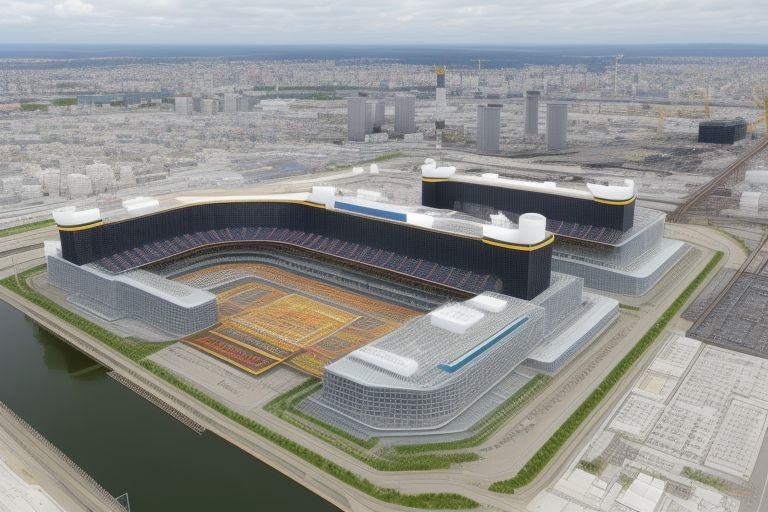Japan is finally set to host integrated resort casino after the operators behind Osaka’s casino project have insisted that they will be ready to open in 2030. This development could be considered a significant achievement in the utilization of this segment in achieving its goal of becoming one of the world’s largest markets for casino business and a boost to tourism in post COVID 19 period.
Osaka Integrated Resort (IR), a project that is implemented by MGM Resorts International and Japanese financial services group Orix have relinquished their right to quit the project, which is an incontrovertible proof of confidence towards the project. This decision comes even as there are such concerns and predicaments concerning the viability of the project and opposing sentiment towards casino gaming within Japan.
The commitment by operators highlighted above is particularly instructive given the contingencies that have surrounded the project from its early stages. The COVID-19 pandemic therefor initially critiqued the feasibility of large-scale tourism projects, which shall be the reason for the multiple delay of the withdrawal clause. Nevertheless, more recently, with the Japanese tourism industry looking set to bounce back and with the government still backing integrated resorts, both the operators have decided to forge ahead with no such buffer.
Osaka IR project is one of the largest and most comprehensive developments planned for successful integration of IR into Osaka’s recreational mix and positioning it as a global competitor. The present layout of the project implies the construction of a casino as well as a few luxury hotels, a colossal convention centre, commercial shopping centres, a museum, as well as a ferry terminal. To attract only the elite clientele, part of the additional facility will be a separated helipad for delivering the visitors to the territory of the resort.
This means the Osaka IR will expect to have an annual revenue of 520 billion yen ($ 3.6 billion) approximate. The operators estimate that roughly 80% of such revenue would come from the casino, which points to gambling as the key component of the resort industry. The project is anticipated to capture 6 million international tourists and 14 million local tourists annually, making it one of the key contributors to tourism in the Kansai area.
However there are certain challenges that stand in the way in decomposing this vision into reality. Currently in Japan, people are equally divided on the idea of legalizing casino and a significant number of people have fear of various social ills that may come with it such as substance and substance related mayhem. To deal with these issues, the government has even introduced the measures like the entry fee of 6,000 yen ($42) for the Japanese and foreign residents in Japan to reduce the rate of gambling.
The Osaka IR project also has intense competition not only from other upcoming casino destinations in Asia such as the Entertainment City of Manila but also from the developed casino cities like Macau and Singapore. As similar countries like Thailand have considered legalizing casinos, the Japanese integrated resorts are going to have to set themselves apart and create their own experiences attracting customers.
Nevertheless, the perseverance of MGM Resorts and Orix on the Osaka IR means a lot for the future of the Japanese casino sector. Continuation without the withdrawal clause indicates that the operators are confident with the gains and the returns over the risks and uncertainties of the future.
While preparatory construction work is expected to commence over the next one or two months, the world will be watching Osaka to see how it will turn Yumeshima island into a gambling and shimmering casino destination. The rise or decline of this project can in fact augur well or ill for Japan tourism and a place in the global casino business.
Given the target setup of the Osaka IR for opening by 2030, the project is now at the climactic stage of its development. This is because the coming years will witness tremendous activity with constructions steadily continuing, authorities putting in place the final common regs and laws relating to tourism, and firms revving up their promotions to market their states, cities and countries to global and regional tourists. While Japan is yet to find its feet in the integrated resorts market the Osaka project is a risky bet on the future of tourism and leisure.


